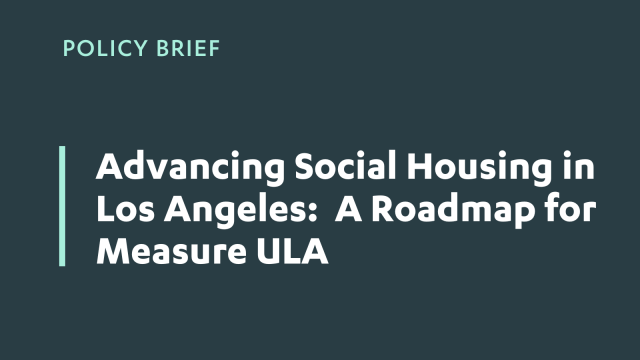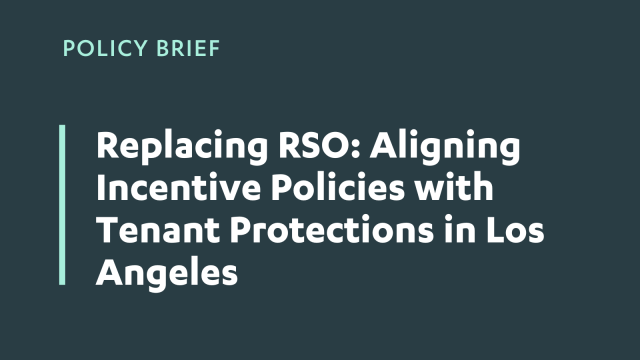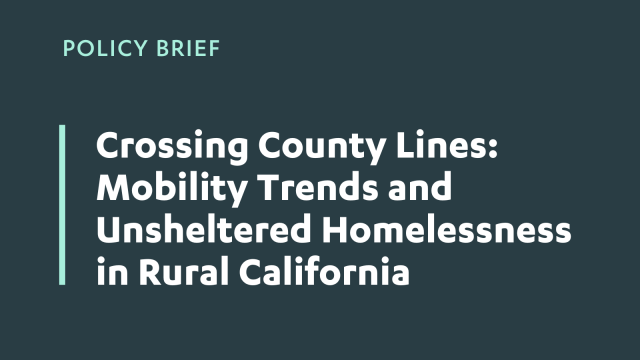Regional Housing Need in California: The San Francisco Bay Area
Christopher S. Elmendorf | Michael Manville | Michael Lens | Paavo Monkkonen | Moira O'Neill | Ethan Elkind|Nicholas Marantz|Jessica Trounstine
This report evaluates California’s official housing target for the San Francisco Bay Area. While the Bay Area received a substantially larger target for the upcoming planning cycle than it had in the previous cycle, the relative increase in the Bay Area target was a lot smaller than that for the state’s other major metropolitan region, Los Angeles, which forms part of the Southern California Association of Governments. We argue that the Bay Area’s lower target reflects, in part, the state’s failure to account for the fact that the Bay Area leads the nation in supercommuters, many of whom work in the Bay Area but have been driven by the region’s housing shortage to live outside of it. State law requires an adjustment for regional “jobs-housing imbalance,” yet none was made. The Bay Area target was also deflated by the Association of Bay Area Governments’ choice of “comparator regions,” a choice which presupposed that the Bay Area should be benchmarked against similarly housing-supply-constrained regions; and by the state’s decision not to fully account for the needs of presently cost-burdened households. Altogether, we estimate that the announced target of 441,000 new housing units was at least 245,000 units short of the mark.



